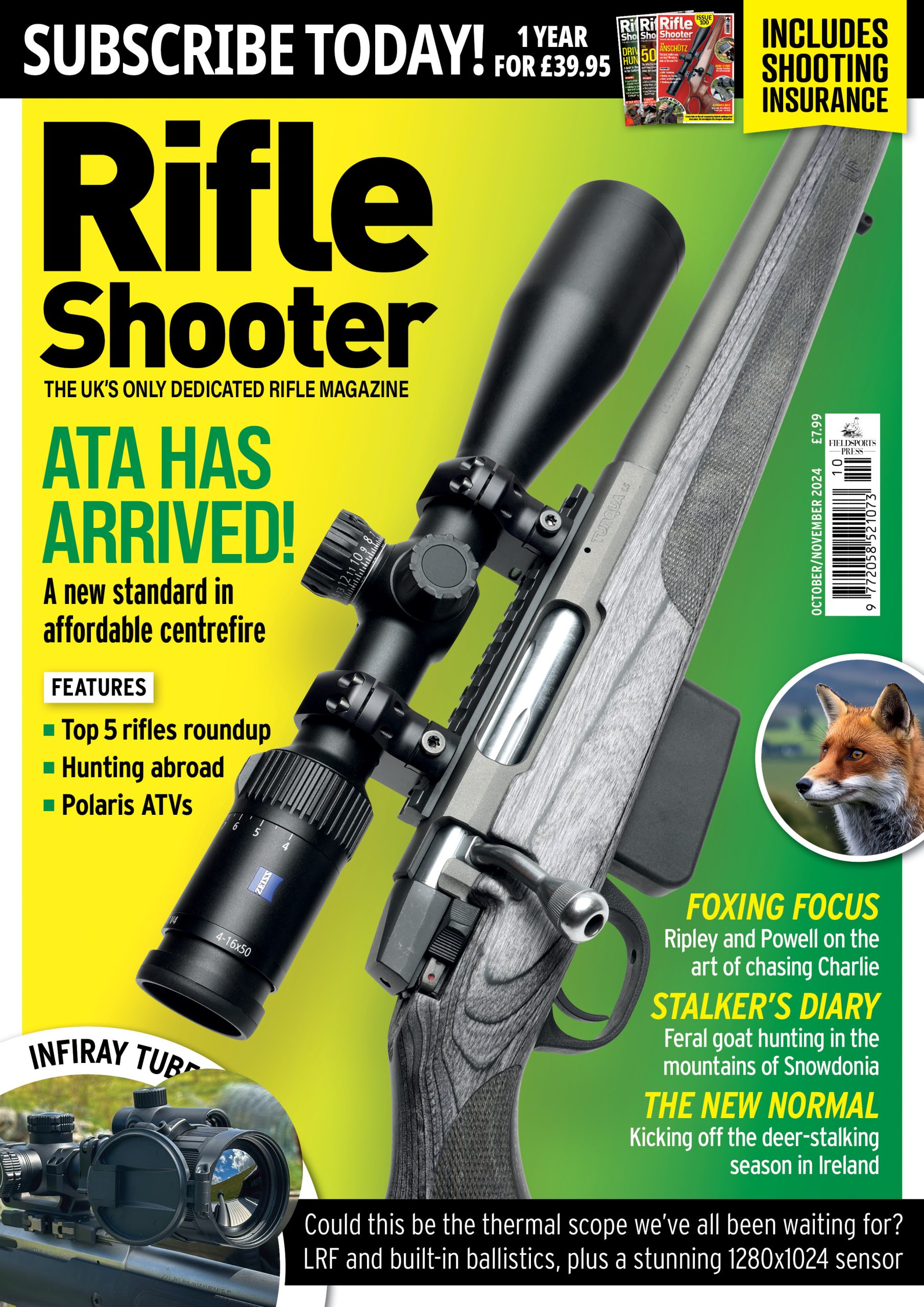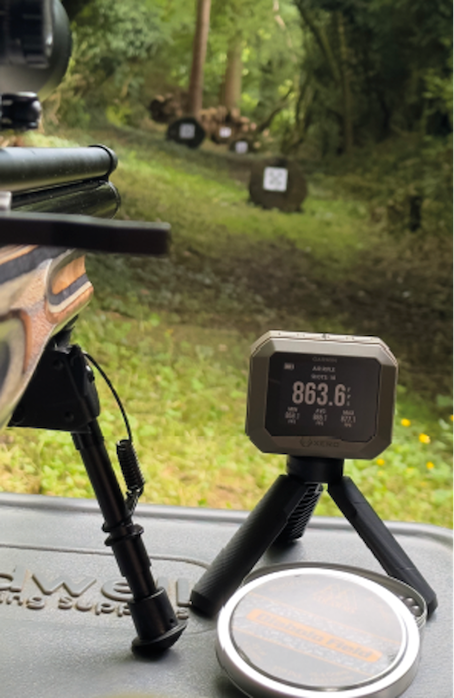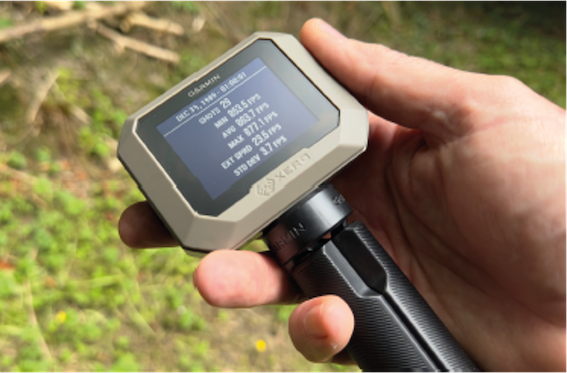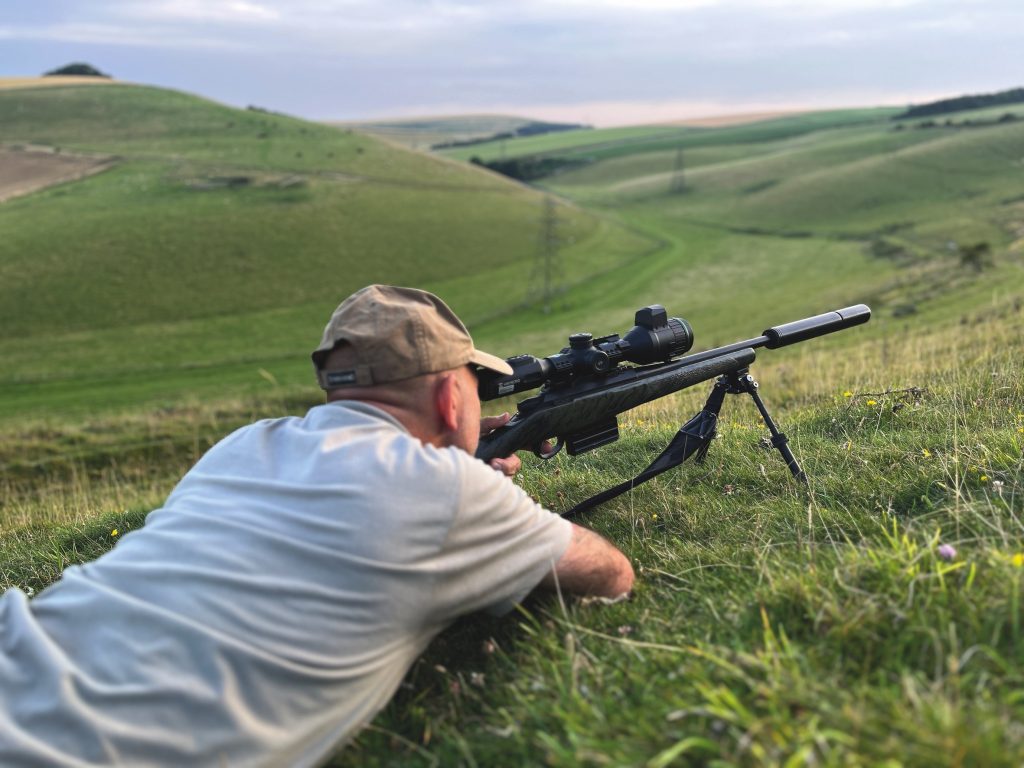GARMIN XERO C1 PRO
Paul Austin looks at an amazing new Doppler-driven chronograph that sets a new standard for price, portability and performance.
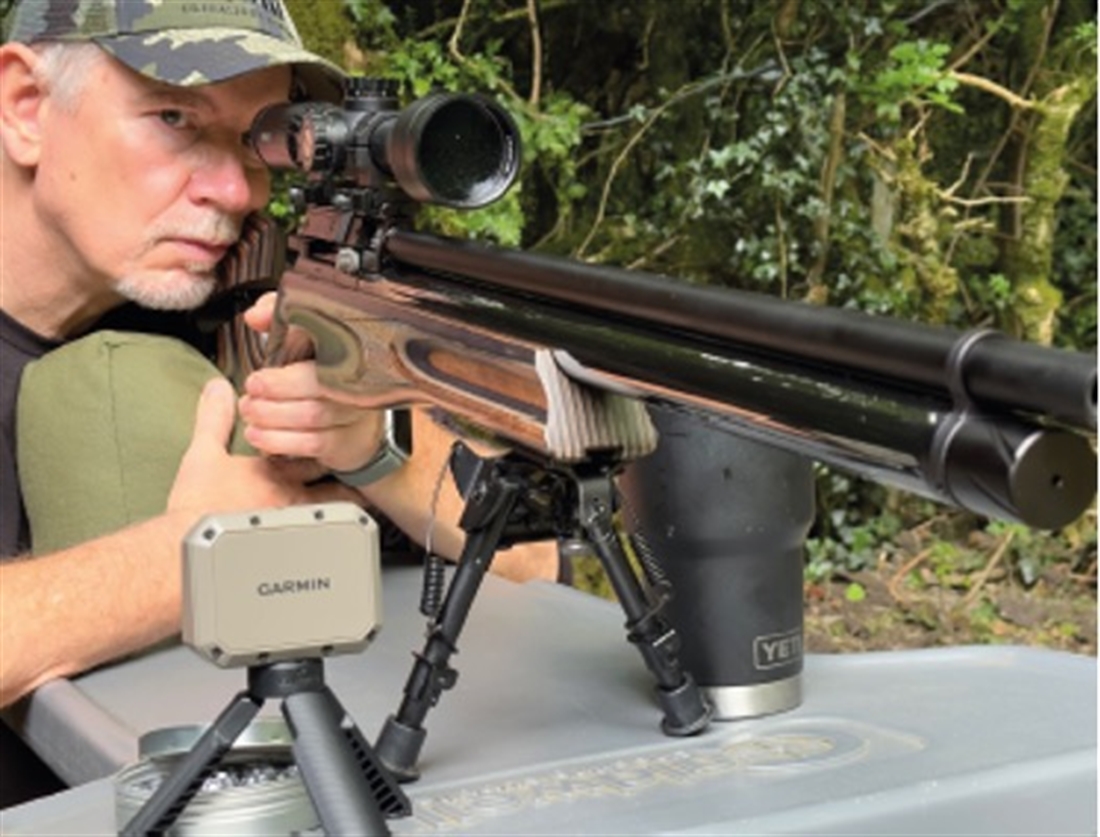
Game-changer isn’t exactly my favourite phrase, endlessly repeated on countless click-bait YouTube videos and pretty much every other social media platform imaginable. However, in the case of the Xero C1 Pro it’s entirely accurate. This little device has redefined what you can expect from a chronograph in terms of ease of use, accuracy and performance.
The unit itself is tiny compared with the LabRadar or the FX True Ballistic Chronograph. The latter retails at £899.99, while the price of the former has been slashed to below £600, no doubt to compete with the Xero. Both have had very positive reviews in the past, but neither can match the jaw-dropping ease of use and simplicity of the Xero.
I’ve used the Xero on everything – air rifles, rimfires and centrefires. You can basically use it for anything including shotguns. The results with birdshot can be a little hit and miss, but with larger shot it works well enough – that’s not something its competitors can claim.
It’s also extremely forgiving. There’s essentially no setup required. You just plonk it down on its little tripod alongside your rifle, turn it on, create a new session for the projectile in question and it just works. It’s so reliable you soon forget it’s there, quietly logging every shot and calculating all the ballistic variables you could want.
You can use it entirely via the backlit display or connect it wirelessly to Garmin’s Shotview app, which pings over the results in real time, and there live on your phone. The USB-C connector also provides data transfer as well as power, but it will update wirelessly via the accompanying app.
There are some really handy features, including the option to remove anomalous shots from a session. A typical example is cold bore shots, which can often skew averages and standard deviation within a string.
EASE OF USE?
The Xero has just four buttons along the top for selection and cycling through the various options. It’s child’s play to operate; even a complete novice could drive it in a matter of minutes, if not seconds! It powers on and off more or less instantly and delivers roughly six hours of runtime
It isn’t fussy about placement and is happy capture standing shots, pistol, arrows, etc, as long as they’re roughly adjacent to it. Build quality is excellent for the device itself and indeed the dinky little tripod that ships with it. The accompanying app is excellent and provides the option to edit existing strings and export Excel spreadsheets with all your data, including kinetic energy if you opt to add bullet weights to your session.
WHO’S IT FOR?
Obviously its primary audience are extreme long range (ELR) and precision shooting enthusiasts, but the more you use it the more applications jump out at you. I employed it to map the power levels of the S510 Xtra. Air Arms could only supply ballpark figures for the five power levels, somewhere between 7ft-lb and 44ft-lb (as it’s an entirely pellet-weight dependent calculation) but with the zero I created accurate ballistic curves for each setting effortlessly.
The same essential info can be gathered for other ‘rainbow’ calibres such as .22 LR, so it’s not a long-range only device. It also has serious applications for truing the growing band of scopes that include ballistic calculators, such as the X-Sight 4/5, Hikmicro Alpex, various Pard models, Burris Veracity and Eliminator, and of course the Swarovski dS – not to mention all those traditional diallers that require super-accurate data to operate at their best.
THE BOTTOM LINE
Basically the Xero has made old-style chronographs completely obsolete and even makes its Doppler powered competitors look clumsy and archaic. It’s a slightly niche product admittedly, but it’s nevertheless one of the most impressive products I’ve seen in a very long time in terms of design, functionality and performance. Very highly recommended.
WHAT IS A DOPPLER RADAR?
The Doppler effect is most familiar in terms of sound. It’s the change in the frequency of a sound as the source moves relative to an observer. Imagine an ambulance with its siren wailing as it drives by. As it approaches, the sound waves are compressed, making the pitch higher. When it passes the waves are stretched, making the pitch lower.
This change in pitch is the Doppler effect. The Xero system projects a continuous 24GHz microwave signal down range. When these microwaves reflect off a moving object, they return to the unit, which measures the frequency shift to calculate the projectile’s speed. It’s algorithm then determines the true muzzle velocity.
Related Articles
Get the latest news delivered direct to your door
Subscribe to Rifle Shooter
Elevate your shooting experience with a subscription to Rifle Shooter magazine, the UK’s premier publication for dedicated rifle enthusiasts.
Whether you’re a seasoned shot or new to the sport, Rifle Shooter delivers expert insights, in-depth gear reviews and invaluable techniques to enhance your skills. Each bi-monthly issue brings you the latest in deer stalking, foxing, long-range shooting, and international hunting adventures, all crafted by leading experts from Britain and around the world.
By subscribing, you’ll not only save on the retail price but also gain exclusive access to £2 million Public Liability Insurance, covering recreational and professional use of shotguns, rifles, and airguns.
Don’t miss out on the opportunity to join a community of passionate shooters and stay at the forefront of rifle technology and technique.

